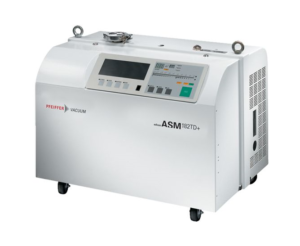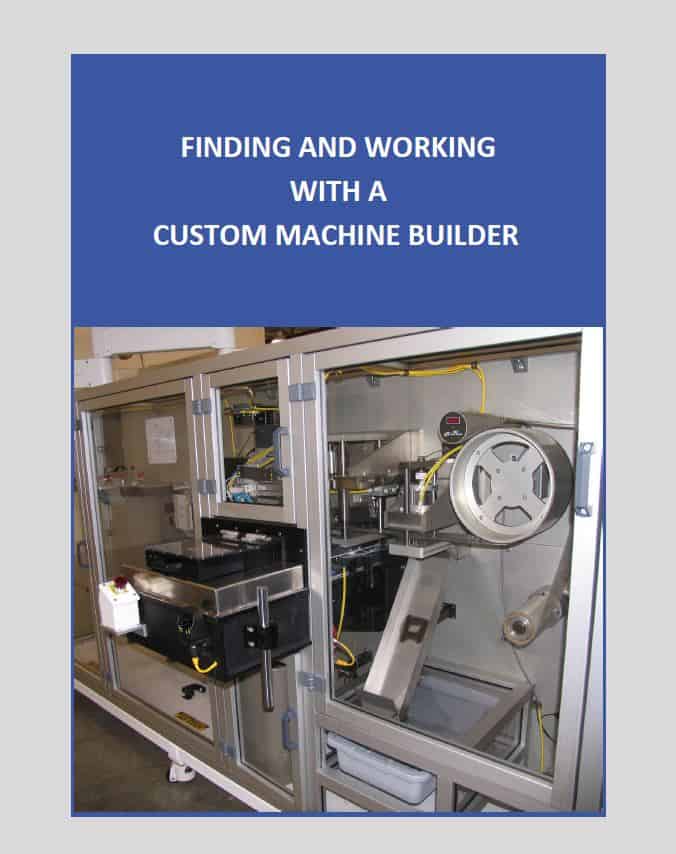Leaks in a vacuum system can be defined as an undesired gas flow and may be proven to exist as well as pinpointed for repair by applying leak detection techniques. When assessing vacuum system performance, leaks can be a frustrating aspect of operations. There are several classes of leaks:
True leaks – cracks or holes allow gas flow into the system
Virtual leaks – trapped volumes of gas which are slowly released within the system
Outgassing – gas flow resulting from techniques or materials used within the system.
Through the application of leak detection techniques, true leaks can often be pinpointed and repaired to bring the system within the desired vacuum specification.
There are several methods and tools to detect leaks; the most common of which is reduced pressure testing with a helium leak detector.
Helium is an ideal tracer gas for use in leak testing, because its light, small molecules easily flow through the tiniest of leaks. Helium is chemically inert, non-toxic and non-reactive, so it will not adversely affect the system being tested or the operator conducting the test. It is highly sensitive to detectors, and allows for the vacuum system to be tested while in normal operating conditions. Helium leak detectors are composed of a pumping system equipped with a small mass spectrometer.
To conduct a basic leak test, the detector is connected to the vacuum system and helium is applied along the outside of the vessel at likely leak sites. If a leak exists, the helium will pass into the system and travel to the leak detector. The detector will measure the partial pressure of the helium, and display the results as a flow rate. Regular calibration with a reference leak is necessary to properly maintain the integrity of the helium leak detector results.

Leak detection can be a time-consuming process requiring a great deal of patience, but there are a few best practices that can make leak detection faster and simpler to perform.
- Whenever possible, design the vacuum system with a valve to allow connection of a leak detector without requiring venting of the system.
- Prior to assembly, test individual components, especially those that will be inaccessible when the system is in operation to streamline troubleshooting efforts when performing future leak testing.
- Flanges and gaskets are likely culprits for leaks, and should always be inspected for dust, debris and damage prior to installation.
Contact Keller Technology to learn more about possible solutions to your most challenging manufacturing problems.






